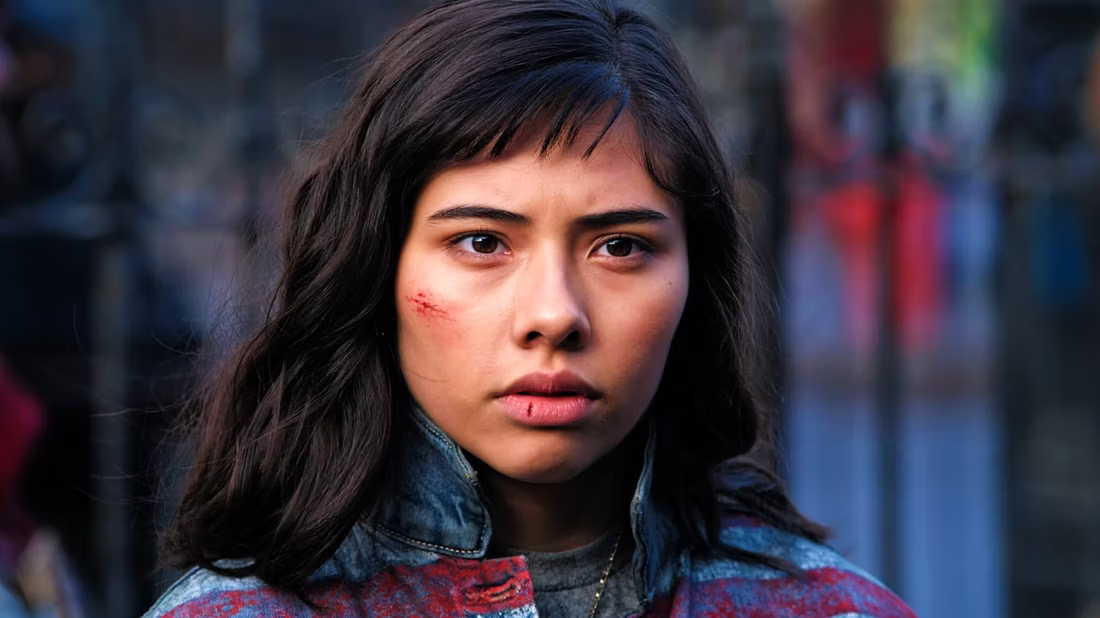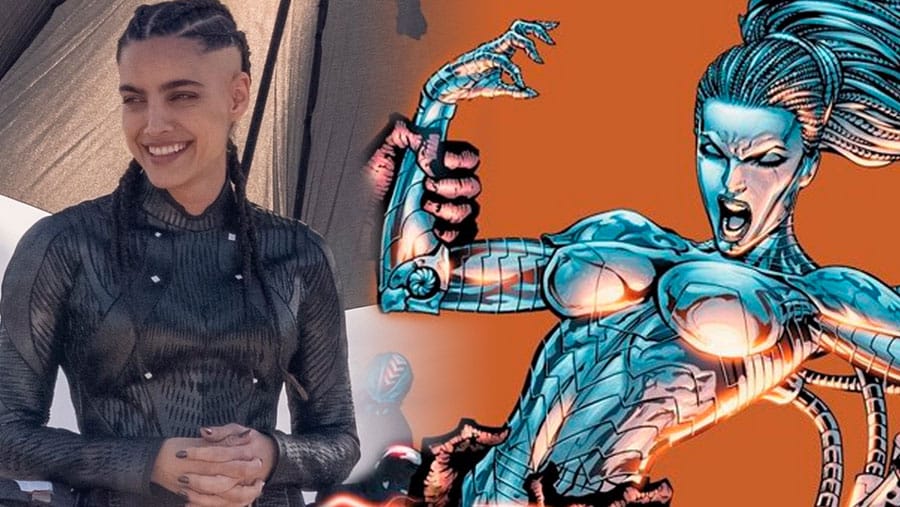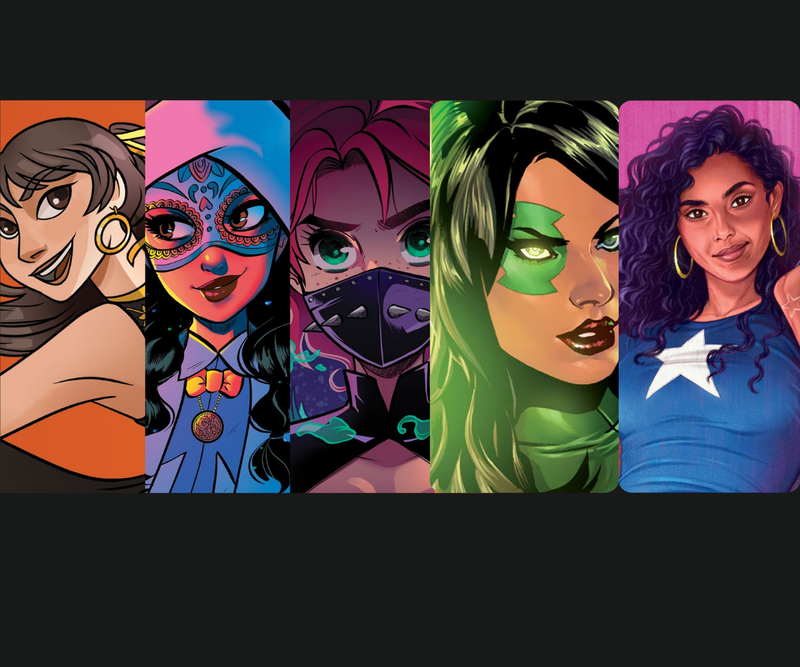In Comics and in Hollywood, change is happening very slowly. It shouldn’t be.
At Comic-Con, a comic book convention and multi-genre entertainment event held annually in San Diego, California, since 1970, a new “Enter the Latina Superhero” panel took place, discussing the latest updates, advances, and struggles for Latinx representation in pop culture, especially in superhero comics and movies. Latina actress and director Lindsey Morgan said to CBS 8, there’s still one huge challenge standing: “We make almost 25% of the population, and I feel that is not showcased in our media or film.” More Latina superheroes are needed, more representation.
It’s undeniable that comics franchises (and Hollywood, in consequence) have been putting a bigger spotlight on Latinx culture and its diversities. But how much of an improvement has it been so far? Has it been representative of the share of Latinx audiences and the share of Latinx professionals making those comics and movies? And, more importantly: has it been on point? Can a Latina superhero movie be a thing, at all? Absolutely.
From Pioneering Latino Figures to Cultural Missteps in American Comics
In 1975, Marvel told for the first time the story of Hector Ayala, an Afro-Latinx Nuyorican in the South Bronx that, while being “unemployed and directionless”, discovers the powers of the Tiger Amulets to become White Tiger. He’s considered the first notable Latinx lead character in American comics, in a path previously walked by a criollo predecessor like Zorro and lots of secondary characters, like DC’s Gaucho (part of the Batmen of All Nations since 1955) or Marvel’s El tigre (who first appeared in X-Men, in 1966).
The output of new Latinx characters would be continuous from then, but, as Frederick Luis Aldama says in Latinx Superheroes in Mainstream Comics, “it wasn’t until the 1990s, when Anglo-Mexican Alex Alonso took over as editor in chief of DC, that we began to see more interesting Latino characterizations.” This initiated a path of acknowledging and incorporating aspects of Afro-Latina culture, gay Latino superheroes, and some social issues related to Latinidad.
Which isn’t to say that it was completely free of missteps. Take, for example, DC’s special covers to celebrate Hispanic Heritage Month in 2022, with the infamous choice of having superheroes holding Latin American dishes. It was a blunt reminder of the fact that, even for an industry that had many Latinxs in the industry’s workforce for a long time (at least since the 1940s, when many Puerto Ricans and Jews worked for Timely Comics, which would go on to be Marvel), decision-making roles are not widely available for Latinxs.
This Latina ‘Superhero Team’ Doesn't Need Permission
“I wanted to make stories we could be proud of,” Chicana writer and director Kayden Phoenix told Telemundo a few months ago, and her work shows how devoted she’s been to her goal: take A La Brava, the first Latina superhero team, that assembles the strong characters she developed, which fight against issues that women, children and diversities in the U.S. and Latin America are suffering.
Kayden was also part of the Comic-Con panel in San Diego, and provided her take on what’s the first step toward building a more complex, deep, and meaningful representation for Latinx culture through Latina superheroes: “My message is just go out and do it. You don’t need permission, you don’t have imposter syndrome, forget what society says about you and tells you what you are. Just go and do it for yourself.”
The Vast Latinx Movie Audience Left Unrepresented
The pandemic showed how important the Latino audience in the U.S. is, as it had a significant impact in keeping theaters open: in 2021, it made up 24% of the movie-going crowds, as a report by The Motion Picture Association indicated. More recently, it was reported that it was a key segment for the success of movies like “Godzilla x Kong,” “Bad Boys 4,” and “Inside Out 2”.
Last year, we were able to follow Miles Morales in Spider-Man: Across the Spider-Verse, and DC’s Blue Beetle was an absolute milestone for Latinx representation in Hollywood’s superhero movies, being the first live-action movie to star a Latino superhero and featuring a mostly Latinx cast, writers team and director. In its opening weekend, 39% of the turnout in theaters came from Latinx audiences. One year before, Mexican actor Tenoch Huerta Mejía became the first Latino actor to land a leading role in a Marvel movie, for “Black Panther: Wakanda Forever”, while Xochitl Gomez played by America Chavez in “Doctor Strange: Multiverse of Madness”, took a queer Latina superhero to the big screen for the first time.

Looks like the needle is moving for Latinx representation, but not by much.
The numbers aren’t that encouraging. According to a 2023 study by the USC Annenberg Inclusion Initiative, in 2022 only 5.2% percent of speaking characters in popular movies were Latinx, while McKinsey & Company stated that “Latinos hold less than 5 percent of leading on-screen, off-screen, and executive leadership roles in US media.” As one Latino animator puts it in the article around this last report, pitches for movies with Latinx characters and themes have a hard time with board executives: “It’s the chicken and the egg problem: because there are no hits, they don’t want to make Latino movies. And because they don’t make Latino movies, there are no hits.”
Representation Fuels Revenue—But Only If It's Embraced!
Pedro Pascal is all set to enter the Marvel Cinematic Universe as Mr. Fantastic, for the upcoming Fantastic Four movie (and four years after his role in Wonder Woman 1984). María Gabriela de Faría will play a villain, ‘The Engineer’ in Superman: Legacy. Ana Nogueira has been tapped to be a writer for Supergirl: Woman of Tomorrow.

Is greater Latinx representation finally starting to gain traction within Hollywood’s enormous and extended plans for superhero movies? Will Latina superheroes more specifically be on the big screen?
It would only be a matter of logical ideas: as the McKinsey & Company report points out, improving Latinx representation in Hollywood could serve as “a triple win of higher industry revenue, a broader and richer range of Latino stories for all audiences to enjoy, and a more hospitable workplace for Latino professionals.” Because of their huge impact in the economy and in the box office, there’s no reason for not making stories and not developing characters with which Latinx audiences can identify. More importantly, for Latinas to identify with. The Latina superhero is one that can bring inspiration.
Latinxs have been (creating) awesome superheroes for decades. And, as people like A La Brava’s Kayden Phoenix show us, they will continue to do so. All Hollywood needs to do is to reflect that.

